Search results for 'shellac'
-
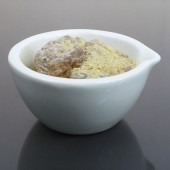
Gum Copal Manila
Starting at: £6.00
Gum Copal Manila is derived from the resin of a coniferous tree native to the Philippines. It is not to be confused with other copals, which are the product of fossilised plant materials. It can be dissolved in alcohol to make a spirit varnish, to be used as a substitute for shellac, or as a fixative for pastel and charcoal drawings. Please note, that when used as a fixative it may darken the colour of the image. Learn More -
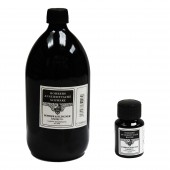
Rohrer & Klingner Black Drawing Ink
Starting at: £7.40
Drawing Ink (series 29 500). A fine, free flowing pigmented ink. Available in gold, silver, black, sepia and bistre lightfast traditional tones in shellac binder. Learn More -
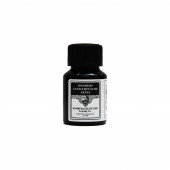
Rohrer & Klingner Sepia Drawing Ink
Starting at: £7.40
Drawing Ink (series 29 500). A fine, free flowing pigmented ink. Available in gold, silver, bistre, sepia and black lightfast traditional tones in shellac binder. Learn More -
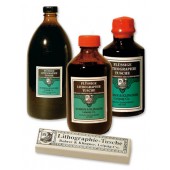
Rohrer & Klingner Lithographic Inks
Starting at: £17.10
Liquid lithographic ink and solid (tushe) lithographic ink are highly resistant against acids and can be used to draw on stone, aluminium and zinc plates. Uses a highly dispersed pigment that is compounded from shellac, wax and soap. While the liquid ink is suited for complete covering, the tushe ink is excellent for halftones and transitions. * Please note that the Litho Tusche now comes in a cylindrical shape, rather than the rectangular stick photographed. Learn More -
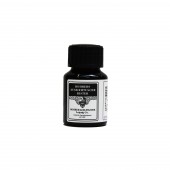
Rohrer & Klingner Bistre Drawing Ink
Starting at: £7.40
Drawing Ink (series 29 500). A fine, free flowing pigmented ink. Available in gold, silver, sepia, black and bistre lightfast traditional tones in shellac binder. Learn More -
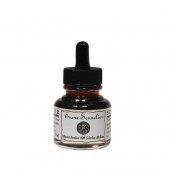
Sennelier Ink Medium 30 ml
£9.50Shellac based ink medium. Can also be mixed with pigment to create inks. Learn More -
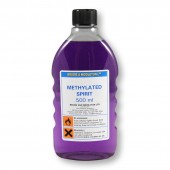
-
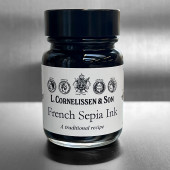
Cornelissen Historical Inks, French Sepia
Starting at: £6.50
Shellac based. Water resistant when dry. Not suitable for fountain pens. Learn More -
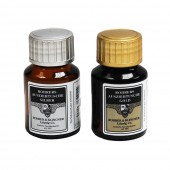
Rohrer & Klingner Gold Drawing Ink
Starting at: £8.10
Drawing Ink (series 29 500). A fine, free flowing pigmented ink. Available in gold and three lightfast traditional tones in shellac binder. Learn More -
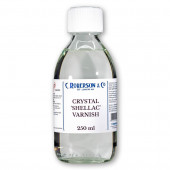
Roberson Crystal Shellac Varnish
Starting at: £9.30
Clear synthetic varnish with superior clarity. Does not discolour gold and silver leaf. Use as a protective coating over gilded surfaces to prevent tarnishing and for sealing gesso prior to gilding. Learn More -
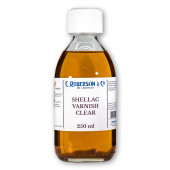
Roberson Clear Shellac Varnish
Starting at: £11.50
Fast drying varnish for metal leaf. May also be used to seal absorbent surfaces prior to sizing. Cellulose based. Clean brushes with methylated spirits. Learn More -
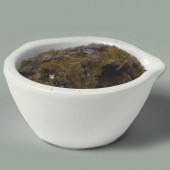
Clear Dewaxed Shellac
Starting at: £9.20
Shellac is a natural resin that is deposited by the female lac insect on the branches of trees in India and Thailand. It is soluble with alcohol, but not with mineral spirits or turpentine. It forms a tough yet flexible film, with many applications. It is suitable as a top coat for gilding when applied thinly, a sealant for porous surfaces, an isolating layer for tempera paintings, a base for pigmented inks, a protective layer for collograph plates, and a warm varnish for wooden floors and furniture. As it is prone to darkening with age, it is not recommended as a varnish for oils, and its solubility can reduce over time. There are various grades of shellac. When mixed with alcohol, it may initially form a cloudy mixture, due to traces of wax in the shellac, but this should become clear once it has dried. The highest grades of shellac are Clear Dewaxed Shellac, which has been de-coloured using the carbon filtering method, Lemon Shellac, and Orange Shellac, which are pale in colour. Button Shellac is less refined and therefore produces a reddish varnish. It was, in fact, widely used as a red dye before synthetic dyes became available. Learn More -
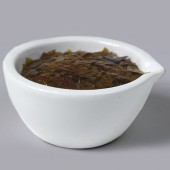
Orange Shellac
Starting at: £8.00
Shellac is a natural resin that is deposited by the female lac insect on the branches of trees in India and Thailand. It is soluble with alcohol, but not with mineral spirits or turpentine. It forms a tough yet flexible film, with many applications. It is suitable as a top coat for gilding when applied thinly, a sealant for porous surfaces, an isolating layer for tempera paintings, a base for pigmented inks, a protective layer for collograph plates, and a warm varnish for wooden floors and furniture. As it is prone to darkening with age, it is not recommended as a varnish for oils, and its solubility can reduce over time. There are various grades of shellac. When mixed with alcohol, it may initially form a cloudy mixture, due to traces of wax in the shellac, but this should become clear once it has dried. The highest grades of shellac are Clear Dewaxed Shellac, which has been de-coloured using the carbon filtering method, Lemon Shellac, and Orange Shellac, which are pale in colour. Button Shellac is less refined and therefore produces a reddish varnish. It was, in fact, widely used as a red dye before synthetic dyes became available. Learn More -
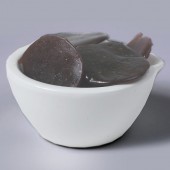
Button Shellac
Starting at: £8.40
Shellac is a natural resin that is deposited by the female lac insect on the branches of trees in India and Thailand. It is soluble with alcohol, but not with mineral spirits or turpentine. It forms a tough yet flexible film, with many applications. It is suitable as a top coat for gilding when applied thinly, a sealant for porous surfaces, an isolating layer for tempera paintings, a base for pigmented inks, a protective layer for collograph plates, and a warm varnish for wooden floors and furniture. As it is prone to darkening with age, it is not recommended as a varnish for oils, and its solubility can reduce over time. There are various grades of shellac. When mixed with alcohol, it may initially form a cloudy mixture, due to traces of wax in the shellac, but this should become clear once it has dried. The highest grades of shellac are Clear Dewaxed Shellac, which has been de-coloured using the carbon filtering method, Lemon Shellac, and Orange Shellac, which are pale in colour. Button Shellac is less refined and therefore produces a reddish varnish. It was, in fact, widely used as a red dye before synthetic dyes became available. Learn More -
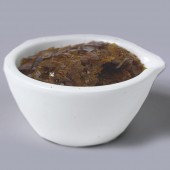
Lemon Shellac
Starting at: £8.20
Shellac is a natural resin that is deposited by the female lac insect on the branches of trees in India and Thailand. It is soluble with alcohol, but not with mineral spirits or turpentine. It forms a tough yet flexible film, with many applications. It is suitable as a top coat for gilding when applied thinly, a sealant for porous surfaces, an isolating layer for tempera paintings, a base for pigmented inks, a protective layer for collograph plates, and a warm varnish for wooden floors and furniture. As it is prone to darkening with age, it is not recommended as a varnish for oils, and its solubility can reduce over time. There are various grades of shellac. When mixed with alcohol, it may initially form a cloudy mixture, due to traces of wax in the shellac, but this should become clear once it has dried. The highest grades of shellac are Clear Dewaxed Shellac, which has been de-coloured using the carbon filtering method, Lemon Shellac, and Orange Shellac, which are pale in colour. Button Shellac is less refined and therefore produces a reddish varnish. It was, in fact, widely used as a red dye before synthetic dyes became available. Learn More



